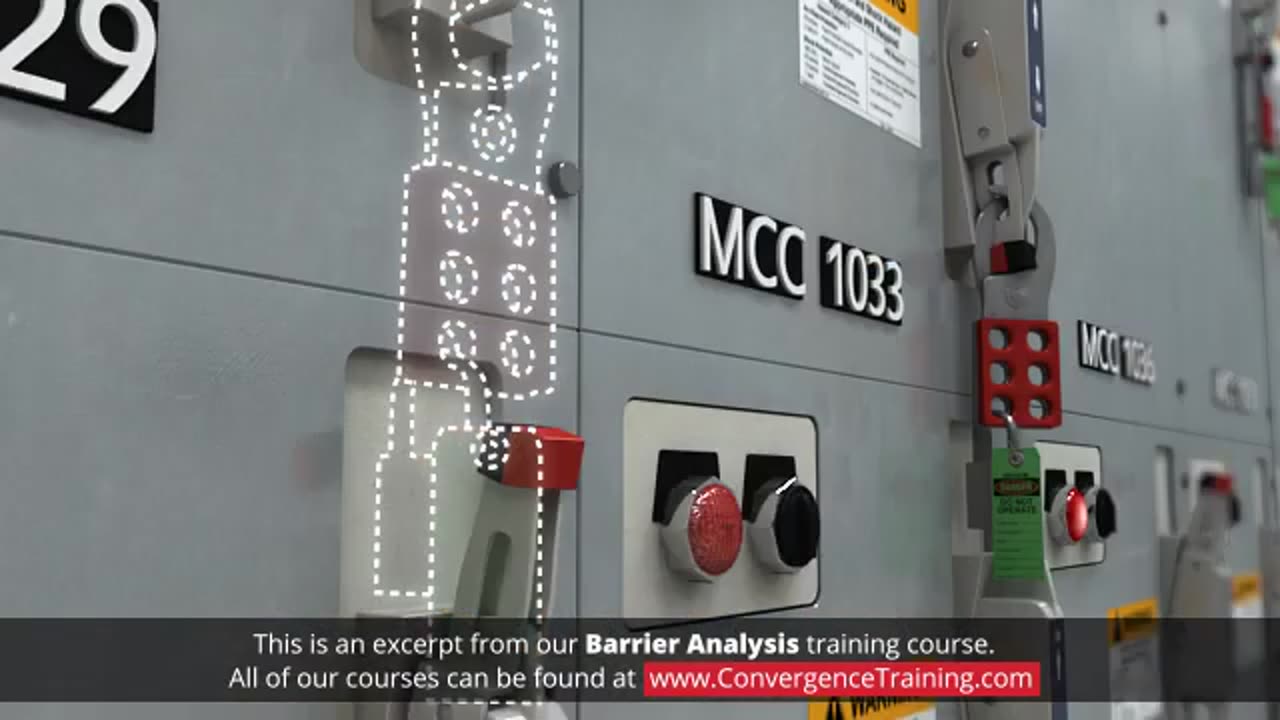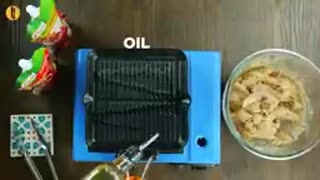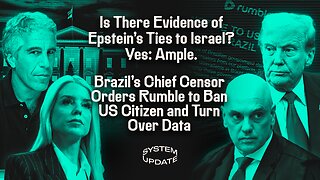Premium Only Content

How to Perform a Barrier Analysis
**Barrier Analysis** is a powerful technique used to identify and evaluate the barriers that could prevent an accident or hazard from occurring. It is widely used in safety management, root cause analysis, and risk assessment processes. Below is a step-by-step guide to performing a **Barrier Analysis**:
---
### **Step 1: Define the Problem or Incident**
- Clearly state the problem, accident, or undesired event you are analyzing.
- Include key information such as:
- What happened (or could happen)?
- When and where did it occur (or might it occur)?
- Who or what was involved?
---
### **Step 2: Identify the Hazards**
- Pinpoint the potential or actual hazards associated with the event or process.
- **Example:** A chemical spill poses hazards like toxic fumes, environmental contamination, or physical harm.
---
### **Step 3: Identify the Targets**
- Determine who or what is at risk from the hazard (the "target").
- **Example:** Workers, the public, the environment, or equipment could be targets.
---
### **Step 4: Identify the Barriers**
- List all existing or potential barriers that can prevent the hazard from reaching the target. Barriers are measures, controls, or safeguards designed to:
- Eliminate the hazard.
- Reduce the likelihood of occurrence.
- Minimize the severity of consequences.
Barriers can be categorized into:
1. **Physical Barriers**: Fences, protective equipment, containment systems, etc.
2. **Procedural Barriers**: Safety protocols, checklists, training, etc.
3. **Administrative Barriers**: Rules, permits, signage, management controls, etc.
4. **Human Barriers**: Actions of trained personnel or operators.
- **Example:** For a chemical spill, barriers could include spill containment systems, emergency response plans, and proper PPE.
---
### **Step 5: Evaluate the Barriers**
- Assess each barrier's **effectiveness** in preventing the hazard or mitigating its consequences:
1. **Are the barriers adequate?** Check their design, implementation, and maintenance.
2. **Are there gaps or weaknesses?** Determine if any barriers are missing, poorly implemented, or failing.
3. **Are barriers independent?** Consider whether multiple barriers rely on the same factor (common cause failure).
---
### **Step 6: Analyze Barrier Failures (if applicable)**
- If an incident occurred, evaluate how barriers failed or were bypassed. Ask:
- Were the barriers properly implemented?
- Were the barriers maintained or tested regularly?
- Did human error or unexpected circumstances undermine the barriers?
---
### **Step 7: Propose Improvements or Additional Barriers**
- Based on your evaluation, identify new or enhanced barriers to address weaknesses.
- Consider redundancy: Add multiple layers of barriers for critical hazards.
- Address organizational and human factors: Ensure training, communication, and oversight are adequate.
---
### **Step 8: Document and Communicate Findings**
- Record the analysis in a clear and structured format for review and implementation.
- Use tools like **Barrier Diagrams** or **Bowtie Diagrams** to visually represent hazards, barriers, and their relationships.
- Communicate findings to all relevant stakeholders, including management and workers.
---
### **Step 9: Implement and Monitor Changes**
- Implement the recommended improvements and ensure they are integrated into safety management systems.
- Continuously monitor the barriers' performance and effectiveness through audits, inspections, and feedback.
---
### **Example of a Barrier Analysis**
#### Scenario: Chemical Spill in a Warehouse
1. **Hazard**: Hazardous chemical leak.
2. **Target**: Workers, environment, and equipment.
3. **Existing Barriers**:
- Spill containment trays (physical).
- Regular safety training (procedural).
- Emergency response plan (administrative).
4. **Weakness Identified**:
- Training not updated for new employees.
- Containment trays were damaged and not replaced.
5. **Recommendations**:
- Schedule regular inspections of containment systems.
- Develop a robust onboarding training program for new hires.
- Add secondary barriers like automatic chemical shutoff valves.
---
Barrier Analysis is most effective when used as part of a broader risk assessment framework, such as **Root Cause Analysis (RCA)** or **Hazard Identification (HAZID).**
-
 1:35
1:35
HSESafetyInformation
4 months agoMutton Chops two ways- baked & grilled Recipe by Food Fusion (Eid Recipe)
67 -
 2:58:23
2:58:23
TimcastIRL
5 hours agoBiden Pardons WERE FAKE, NYT Report PROVES Trump WAS RIGHT, Fauci Faces Charges | Timcast IRL
236K77 -
 8:01
8:01
MattMorseTV
10 hours ago $3.87 earnedTrump just DROPPED a BOMBSHELL.
37.1K50 -
 LIVE
LIVE
Cancel This Podcast
5 hours ago $0.33 earnedROLE-PLAYING GRINDS: FINAL FANTASY XIV, DRAGON QUEST X & OCTOPATH COTC - CTP GAMING MONDAYS!
159 watching -

FoeDubb
6 hours ago🏰KINGDOM MENU :🎮LATE NITE PUBG 🤣MOST LIKELY A BAD IDEA DILLY DILLY!!!
5.63K -
 1:34:52
1:34:52
Glenn Greenwald
8 hours agoIs There Evidence of Epstein's Ties to Israel? Yes: Ample. Brazil's Chief Censor Orders Rumble to Ban US Citizen and Turn Over Data | SYSTEM UPDATE #486
141K125 -
 LIVE
LIVE
GamerGril
2 hours agoMarvel Rivals Monday | Battle Of The Bronze
80 watching -
 46:08
46:08
FanatikGaming
1 hour ago $0.42 earned💪Monday Motivation🦾 - Legends Never DIE!💯💯 ATWU - BTTB!☝️🔥
7.4K1 -
 LIVE
LIVE
WolfLinksShadow
2 hours agoMario Kart Monday & More!
96 watching -
 58:16
58:16
Redacted News
10 hours agoThe Secret Space Program IS REAL and this Whistleblower is EXPOSING all of it
74.1K253